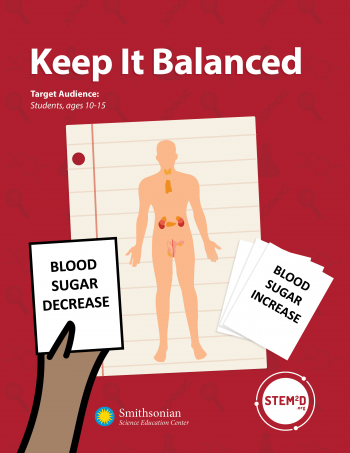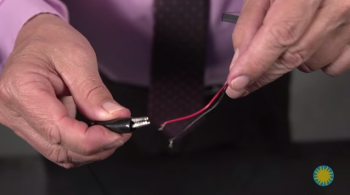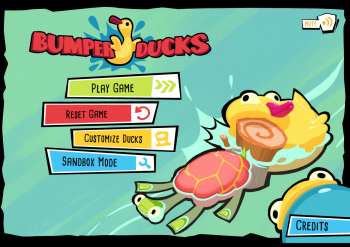Explore our Curriculum & Resources
Type
Grade
- Kindergarten Apply Kindergarten filter
- Grade 1 Apply Grade 1 filter
- Grade 2 Apply Grade 2 filter
- Grade 3 Apply Grade 3 filter
- Grade 4 Apply Grade 4 filter
- Grade 5 Apply Grade 5 filter
- Remove Grade 6 filter Grade 6Grade 6
- Grade 7 Apply Grade 7 filter
- Remove Grade 8 filter Grade 8Grade 8
- High School Apply High School filter
Topic
- Sustainability Apply Sustainability filter
- Engineering Design Apply Engineering Design filter
- Remove Education filter EducationEducation
- Remove Life Science filter Life ScienceLife Science
- Earth & Space Science Apply Earth & Space Science filter
- Chemistry Apply Chemistry filter
- Remove Physical Science filter Physical SciencePhysical Science
- Grade 8 Remove Grade 8 filter
- Grade 6 Remove Grade 6 filter
- Education Remove Education filter
- Physical Science Remove Physical Science filter
- Life Science Remove Life Science filter
- clear
- 1 of 4
- next
























